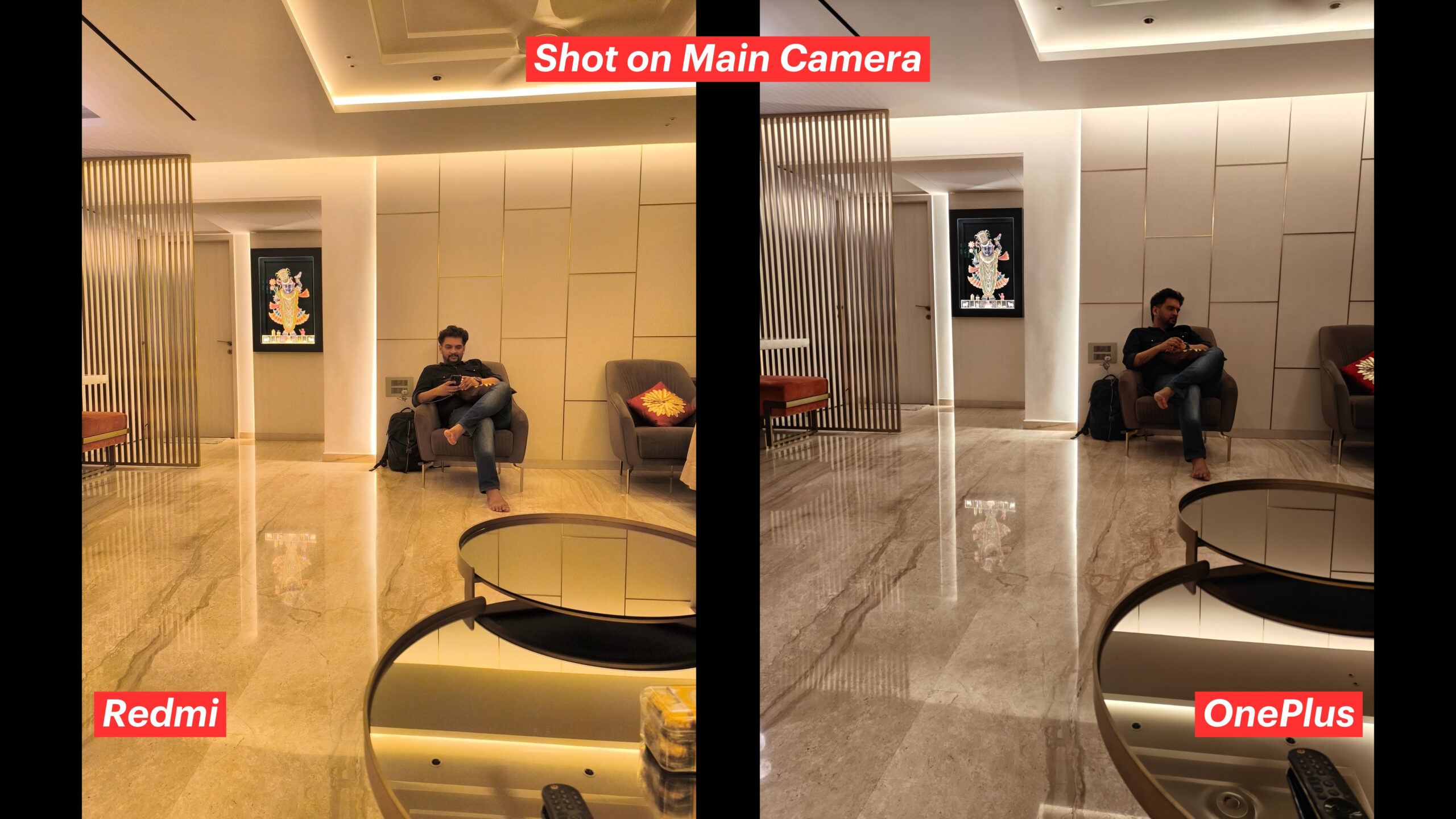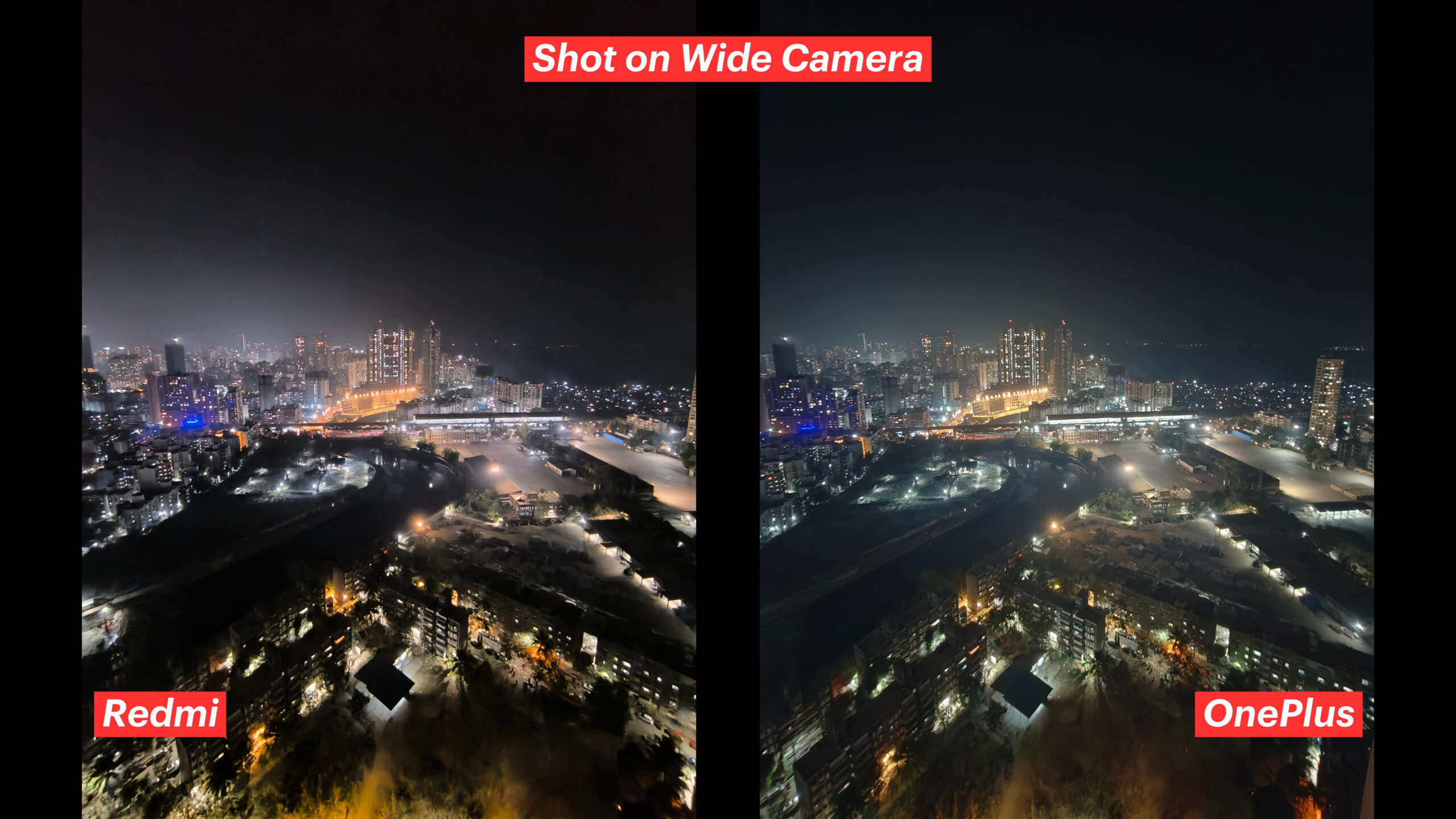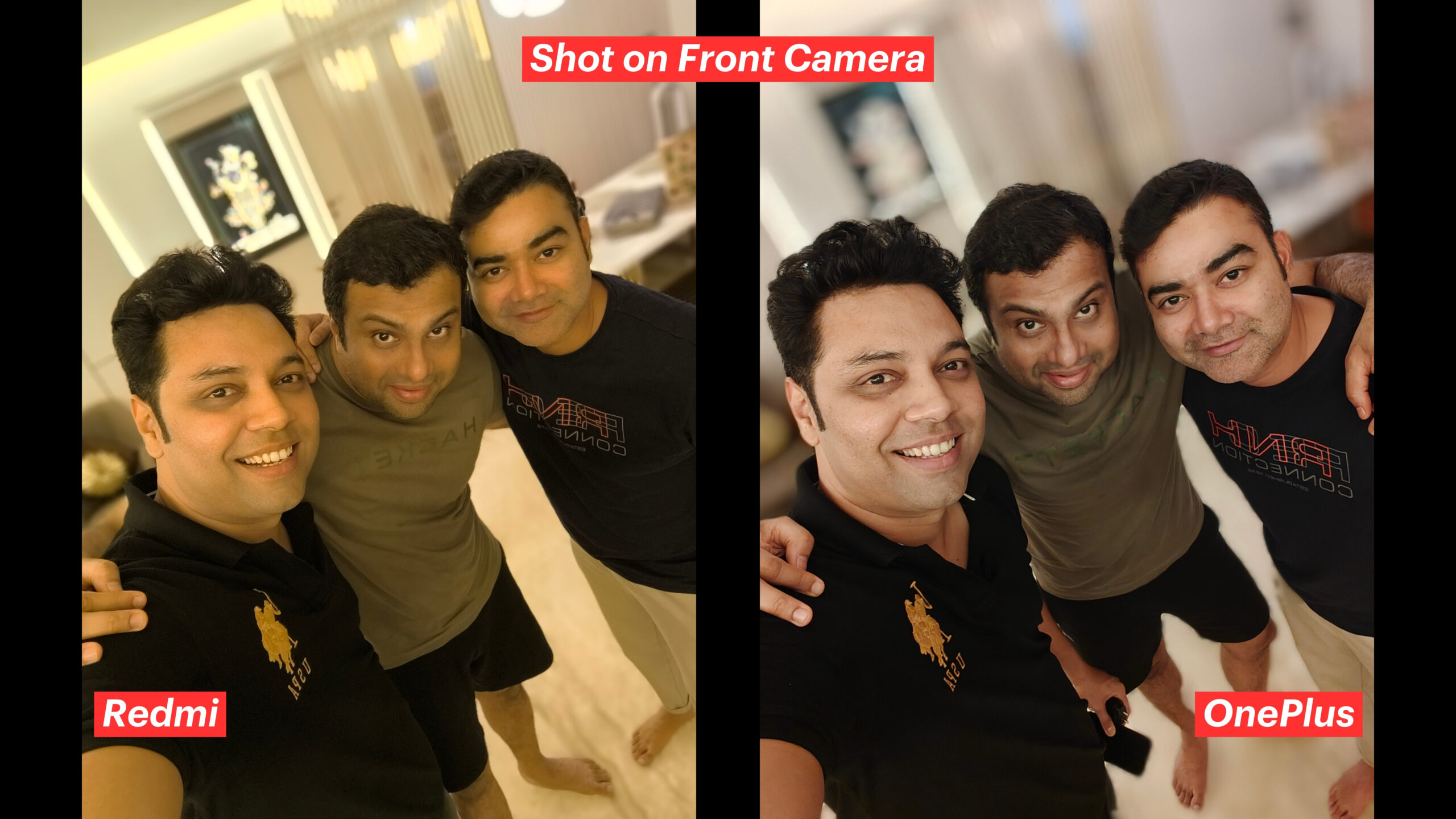What can be considered as good sound is subjective, but with the slew of phones getting launched in the budget category, earbuds are also a category that has heated up in the past few years. OnePlus, who entered this segment a few years back have had some products that’ve done well in the market, while others that haven’t. They recently launched the OnePlus Buds 3 at a price of ₹5,499, which offers features that aren’t available in this segment. Does it deliver a punch in this segment? Let’s find out.
Design and Specs

The OnePlus Buds 3 are available in Metallic Grey or Splendid Blue, featuring a metal construction with a dual matte plus glossy finish that strikes a balance between style and subtlety. These stem-cell design buds offer IP55 rating for water and dust resistance. Their stems are slightly curved inwards and with the rubberized ear tips, they are comfortable for prolonged periods.

The stems are equipped with capacitive touch controls, allowing users to swipe up or down to adjust the volume, tap once to answer calls or skip tracks, and long-press to switch noise cancellation modes. However, they lack a default gesture for pausing or playing music, which can be customized Bluetooth settings on OnePlus or Oppo devices. The touch controls on the OnePlus Buds 3 are responsive and reliable, although they can be a bit unresponsive at times.
The design of the case is similar to the Pro series and features the OnePlus logo, pairing button and the Type-C charging port at the back. Each bud weighs approximately 5 grams, with the case contributing an additional 40 grams.

In terms of technical specifications, the Buds 3 are equipped with 10.4mm dual drivers and support Bluetooth 5.3, along with the LHDC 5.0 audio codec, in addition to standard SBC and AAC codecs, making them compatible with a wide range of Android and iOS devices. They also feature multiple device pairing and Google’s Fast Pair for a quicker connection process with Android devices.

Sound Quality
The OnePlus Buds 3 offer good audio quality, producing a bass-heavy sound with minimal distortion. There’s no need to turn the volume up high to enjoy the deep sounds. Sometimes, they play the deeper and middle sounds too loudly, but they usually work well with musical instruments and the singing sounds quite balanced. It’s advisable to adjust the EQ settings for a better experience across different types of music.
The microphone quality on the Buds 3 is commendable, providing clear call audio even in outdoor environments. This ensures that conversations are easily understandable by the person on the other end.
In terms of active noise cancellation, the Buds 3 perform satisfactorily for their price range. While audio quality is best with noise cancellation off, turning it on significantly reduces background noise. The transparency mode is also effective, allowing for awareness of surroundings without needing to remove the buds.
The Buds 3 excel in syncing audio and video, including high-bitrate content, and their gaming mode reduces latency for a seamless gaming experience. The feature that pauses and plays audio upon removing and reinserting the buds works smoothly, enhancing user convenience.
Battery
The OnePlus Buds 3 boast remarkable battery performance, delivering around 7.5 hours of playtime with Active Noise Cancellation (ANC) enabled. When ANC is turned off, users can enjoy an extra 3 hours of usage. For daily listeners, charging the case once a week suffices. These results are especially notable when using the LHDC codec on OnePlus devices, enhancing the overall listening experience.
Conclusion
For the price of Rs. 5,499 and with offers the OnePlus Buds 3 are a pretty good product. And you can see an improvement in audio quality and tuning as well, indicating that the company is listening to the feedback and also heading in the right direction. Although they haven’t reached perfection yet. The Active Noise Cancellation (ANC) is effective, the microphone delivers clear sound, the earbuds fit comfortably in the ear, and they boast impressive battery life. We give our thumbs up to the OnePlus Buds 3 and surely recommend them for anyone looking for quality earbuds.





















